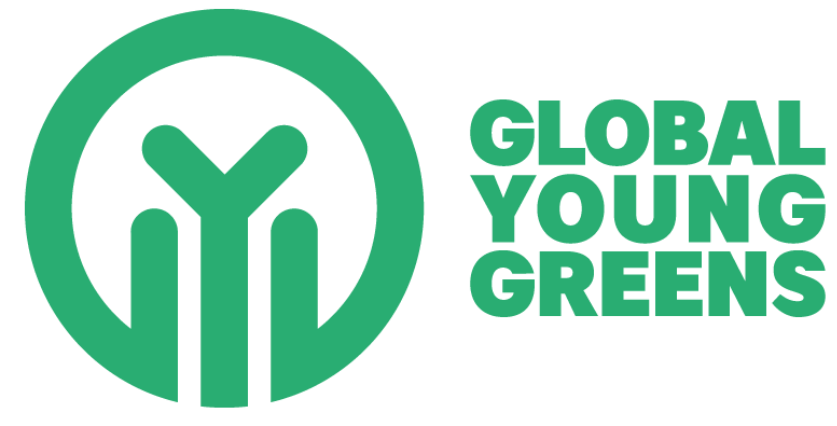Only in 2005 died 2.8 million people because of HIV/Aids. 2 millions alone in Sub-Saharan Africa, 560 thousands in South-East Asia and all in all 25.4 millions people are infected with HIV/Aids. Due to these figures from 2005 of the WHO and knowing that there already exist drugs and therapies to enhance the probability of the chances of these suffering people to live on, someone might be wondering what’s happening (or what’s not happening) here.
During the workshop we wanted to get some answers to these questions. Under participation of Mr. Ryuhei Kawada, a Japanese Green activist who’s running for the next elections of the Japanese government, we had an input presentation about the economical background of the lack of an efficient distribution of drugs. Facing the trade-off between the need for drugs as cheap as possible of developing countries and the barriers companies of pharmaceutical products have, we discussed some figures: under the assumption that all infected 25,4 million people get a proper therapy (typically a cocktail of three anti HIV/ Aids drugs – Crixivan, 3TC and CTV) the costs will sum up at US-$ 299 billions. An amount which will succeed the aggregate GDP of the most inflicted Sub-Saharan Countries – US-$ 285 billion in 2001, according to figures of the World Bank. Other economic calculations show that in the year 2010 the GDP of the Republic of South-Africa will be 17% smaller than it would be without lifesaving therapies for its HIV/Aids- victims.
Even if companies lower the prices in the markets of developing countries (sometimes because of the pressure of supply of generic substitutes), these prices are relative to the GDP per capita still too high. An aspect which will not change under the current policies of providing pharmaceutical companies patents and exclusive marketing rights for their products in those markets to get a monopolistic position.
A possible solution we discussed was the proposal outlined by Mattias Ganslandt in the year 2001 of an international fund to provide theses essential drugs to developing counties. This fund should be under the patronage of WHO or UNAIDS and be financed by developed countries. All in all, under the assumption that a proper treatment won’t cost more than 40% of the GDP per capita, the fund would need sources of between US-$ 8.2 and 12.1 billions per year.
In the discussions afterwards we mentioned the already existing Global Fund to Fight Aids, Tuberculosis and Malaria which was found 2001 under consideration of the proposals by Ganslandt. Facing the figures published by this fund, that it was fed with US-$ 6.8 billions in five years by now (an amount far too low), we discussed the possibilities of starting a global campaign to rise this issue and to work on the increase of voluntary donations of national developing aid.
Too we had a discussion about the differences between the local and national politics toward the issue. Still there are a lot of obstacles to conquer to provide the same attention to sex education in e.g. schools to rise awareness. A process which, as a general outcome towards our opinion, will be the best way to handle the problem. 2.8 millions deaths speak a far too clear language to put the problem off.


